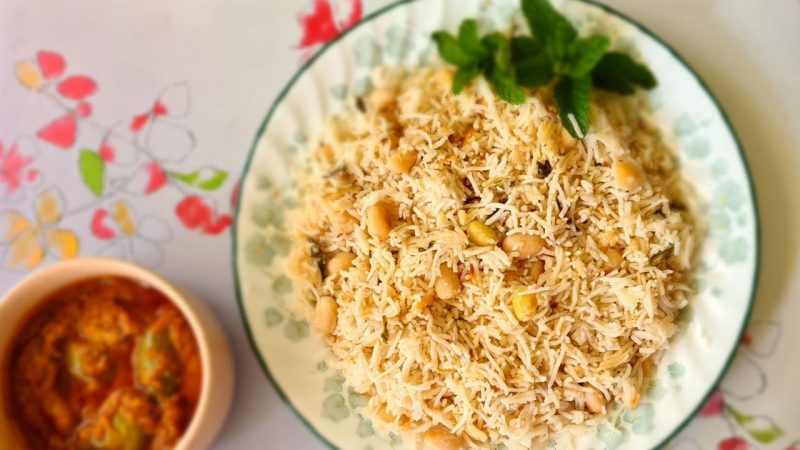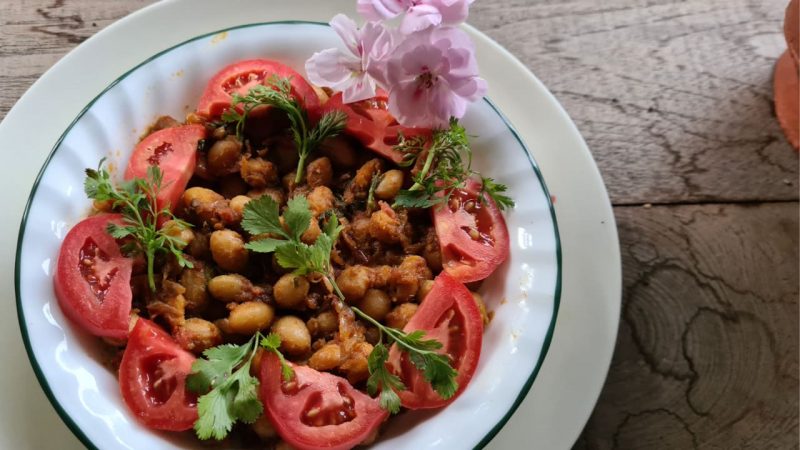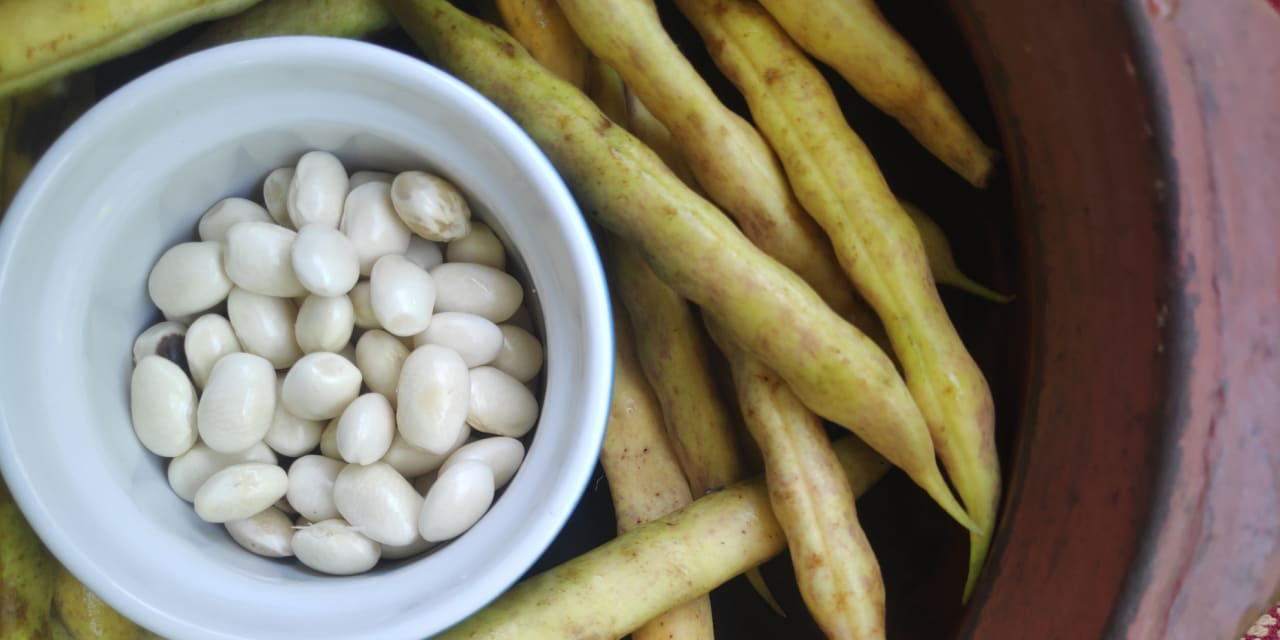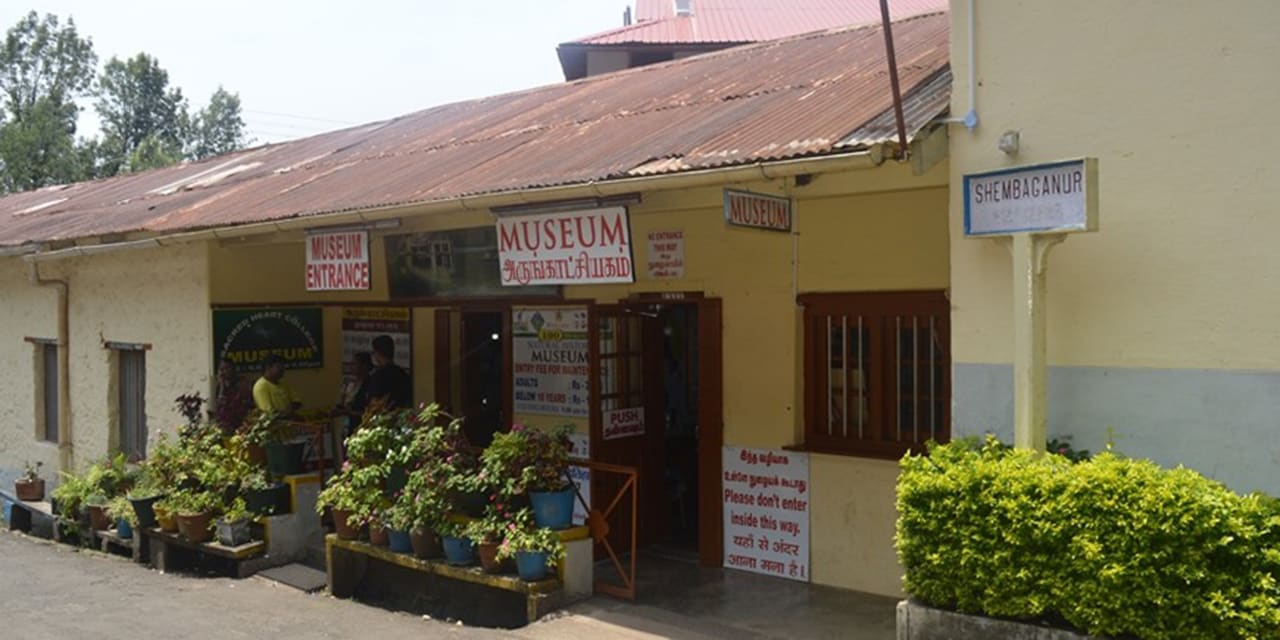My first encounter with butter beans was in May 1976, when I came to Kodaikanal on my honeymoon; it was my first visit to Kodai. On the very next day of our arrival, the caretaker’s wife, Gowri, brought me a hand full of freshly peeled whitish beans from their garden. I had never seen nor tasted them before, and when I asked what could be done with them, she said they could be used to make a curry with potatoes or a kurma with other vegetables. ‘Or you can just eat them boiled, like boiled peanuts,’ she added.
The innovative and adventurous cook in me decided to add the beans to the ghee rice pulau I had planned to make for dinner that evening. It was my first day of cooking after getting married, and I had also decided to make a brinjal masala curry as a side dish.
It so happened we had a guest for dinner that night: a friend of my husband, who had come with us from Chennai. (To date his wife asks me, ‘How did you allow your husband to bring his friend along on your honeymoon?’)
Lima beans, also known as butter beans or double beans, get their name from the capital of Peru, where they are believed to have originated. They are known by different names in different parts of the world, and varietals differ slightly in size and colour. But over all they have a soft texture when cooked, thus inspiring the name ‘butter beans’.
Both my husband and I enjoyed the pulau with the creamy butter beans. (Our guest, unfortunately, was not a fan of brinjal or garlic, which the pulau had, so he dined on curd rice and pickle.) Since then, they have been one of my favourite beans, even though they sometimes give me a flatulent tummy.
Butter beans have numerous health benefits. They are packed with protein and fibre, have a low glycaemic index, and promote digestive health and prevent constipation. They are also rich in iron: one cup of beans contains roughly one quarter of an adult’s daily requirement of iron.
We grow them in our garden, to be eaten fresh or peeled and dried like other legumes. The fresh beans can also be peeled and kept frozen for several months.
Butter Beans Pulau

Ghee rice pulau is a common affair in Tamil Nadu, often served at wedding lunches with vegetable kurma. In homes, small pieces of bread fried in ghee are added to the pulau, and it is usually served with either mutton or chicken kurma. My version has butter beans.
Serves 5 to 7
Ingredients
- Rice (jeera or basmati) – 3 cups
- Butter beans – 1 cup, fresh and peeled
- Sambar onions – 100 gm, peeled and sliced
- Garlic – 10 to 12 cloves, halved lengthwise
- Green chillies – 3 to 4, slit lengthwise
- Cinnamon – 1-inch, broken into pieces
- Cloves – 6
- Mint leaves – 1 cup, fresh
- Coconut milk – 1 cup
- Coconut oil – 1 tbsp
- Ghee – 2 tbsp
- Salt to taste
Method
- Wash and soak the rice. Set aside. It must soak for at least 30 minutes.
- Place a large pressure cooker on the stove on a low flame; it should be big enough to hold 4 cups of rice and 4 cups of water.
- Once the vessel is hot, add the coconut oil and ghee.
- Add the cloves and cardamom pieces and gently fry until you get the aroma of the spices. Some like to add a teaspoon of fennel seeds at this stage, but this is entirely optional.
- Add the onions and the garlic and fry until light brown.
- Add the green chillies and the mint leaves and fry for a few seconds.
- Add the butter beans and sauté for a few minutes.
- When the beans are hot, add 5 cups of water and increase the heat to medium.
- Add 1.5 tsp salt and bring to a gentle boil.
- Lower the flame and add thick coconut milk.
- Drain the rice of excess water and add to the vessel.
- Let it simmer for a few minutes and then check for salt: the water should taste just a little salty.
- Cover with the lid and add the weight of the pressure cooker.
- Allow for three whistles, lower the flame, and cook for another after 3–5 minutes. Switch off the flame and allow the pressure to release naturally.
- Optional garnish: Split cashew nuts, roasted in ghee.
Butter Beans Masala Sundal

This butter beans masala sundal can be had as a snack, along with tea, or as a side dish with a meal.
Serves 4 to 5
Ingredients
- Butter beans – 2 cups, fresh and peeled
- Onions – 2 medium, finely chopped
- Tomatoes – 2 medium, finely chopped
- Chilli powder – 1 tsp (or as per taste)
- Ginger-garlic paste – 1 tsp
- Garam masala powder – 1 tsp
- Turmeric powder – ¼ tsp
- Oil –2 tbsp
- Coriander leaves – ½ cup, chopped
- Salt to taste
Method
- Pressure-cook the butter beans with ½ tsp salt and plenty of water until soft. Three whistles work for me. Drain the water and set aside.
- Heat oil in a frying pan on a medium flame. Add the chopped onions and saute until the onions are soft and translucent.
- Add the ginger-garlic paste, ½ tsp salt, and sauté until the raw smell of the ginger-garlic subsides.
- Add the turmeric, chilli, and garam masala powders, stir some more, and add the tomato pieces.
- Mix well and cook covered, on a low flame, until the tomato pieces become soft.
- Add the cooked butter beans, mix, and adjust salt before the masala gets too dry.
- Keep cooking, stirring intermittently, until the liquid evaporates.
- Garnish with chopped coriander and serve hot.
- Butter beans sundal can be accompanied by slices of cucumber, tomato, and carrot. Some people like to add a dash of lime juice as well.




